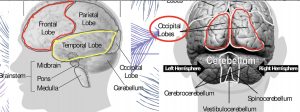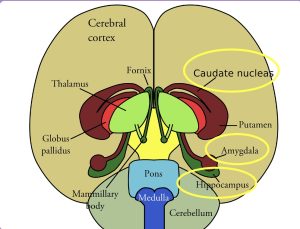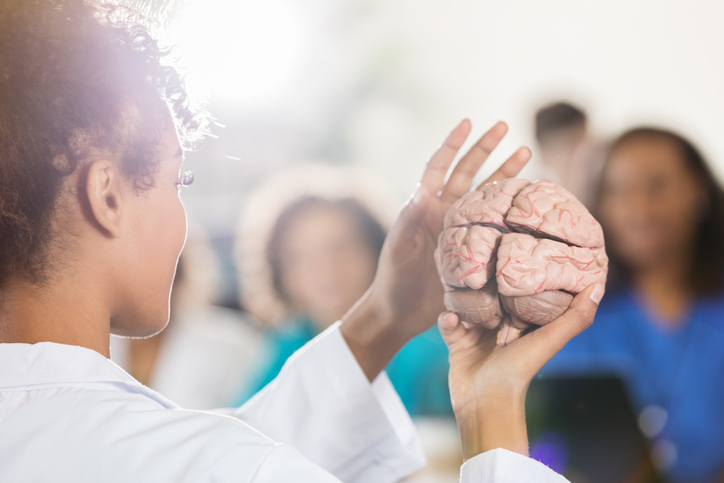In this article we will dive a little deeper into the brain and anxiety. God made the science, so let us look at it. For the purposes, of this article we will be simplifying the brain and honestly, the brain is still very much a mystery to medicine and science.
While most people have anxiety at times, this does not equate with having an anxiety disorder. The most common anxiety disorder is Generalized Anxiety Disorder, but this is closely followed by Social Anxiety Disorder. As the names would suggest, Generalized Anxiety is a disorder where people have excessive anxiety about many areas of life most days. Social Anxiety is excessive anxiety focused on social situations, such as parties, job interviews, shopping, or anything which may cause the person to be around strangers or in large groups.
There are three main neurotransmitters involved in anxiety: serotonin, norepinephrine (another name is noradrenaline), and gamma-Aminobutyric acid (also known as GABA). There are also three brain regions involved: the frontal lobe, the temporal lobe, and the occipital lobe. There is conscious control over the frontal lobe as this is where we think, make decisions, and reason.

There are other somewhat related disorders, but science now tells us they affect different structures in the brain which helps us to understand that while they may cause anxiety, they are not all from the same biological cause. The hippocampus is involved in panic and Panic Disorder. The amygdala is where fear originates and thus is also involved in Post Traumatic Stress Disorder [PTSD]. Obsessive Compulsive Disorder involves the caudate nucleus.

We have little conscious control over these structures. They are made to receive information and react quickly to keep us safe. For some people, they over-react to stimuli and along with an imbalance of neurotransmitters this can lead to disorders. Sometimes, such as in the case of PTSD, the brain has been taught that some situations are dangerous and thus reacts to anything similar as danger.
The six antidotes for anxiety mentioned in the previous article can still work for these disorders. However, a person with these disorders may also need therapy and/or medication to manage their anxiety.
In upcoming articles, we will look at how and what types of medication and therapy may be helpful.










